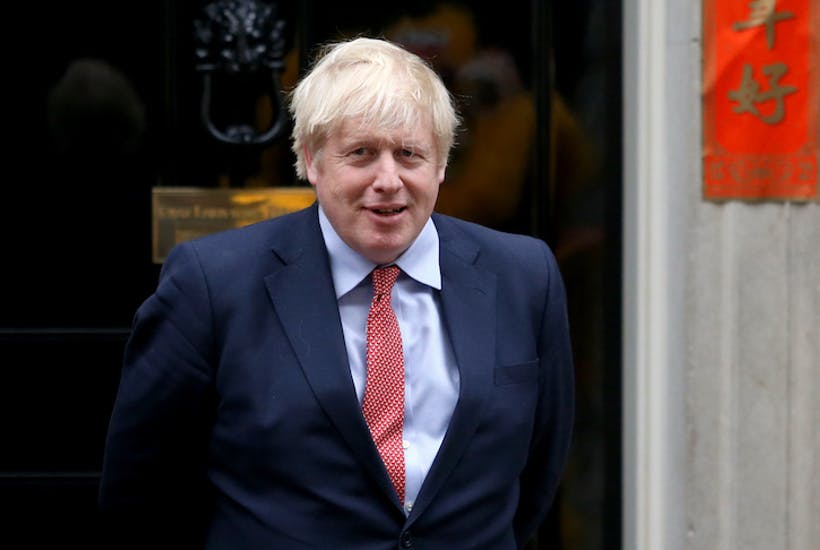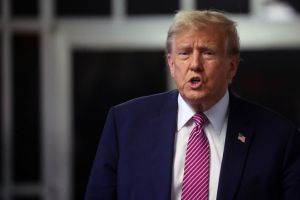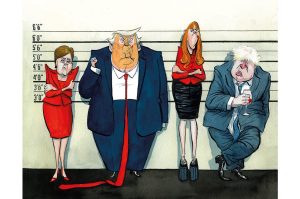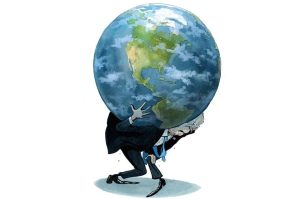As the second round of Brexit negotiations loom with the European Union, there’s already talk of an early bust-up coming up the track. James reports in his Sun column that the UK and the EU are currently very far apart when it comes to expectations for the trade talks. Figures on the Brussels side believe that they can get the UK to sign up to things — such as a continued role for the European Court of Justice — when Boris Johnson is seeking a much looser arrangement.
This distance between the two sides means that figures in government have already begun work on a Plan B in the event Johnson cannot secure the Canada-style free trade deal — that would cover goods but at most only minimally cover services — he desires. The term to keep your ears pricked for in the coming weeks and months is ‘Australia-style deal’.
So, what type of free trade deal does the European Union have with Australia? Well, there currently isn’t one — only preliminary discussions have happened. Instead, the EU and Australia conduct relations under the 2008 EU-Australian Partnership Framework – which aims to simply reduce technical barriers and relies heavily on World Trade Organization terms.
Talking about an Australian model is viewed as a more palatable way of talking about trading largely on WTO terms with the EU. The hope is an Australian-style model in this instance would allow both sides to pick areas where the two sides find agreement and leave the rest to World Trade Organization rules. It’s also meant to serve as further proof to the EU that if they refuse the UK’s terms for a Canada-style agreement, the UK will simply plump for a looser arrangement rather than be bounced into high alignment.
This article was originally published on The Spectator’s UK website.



















